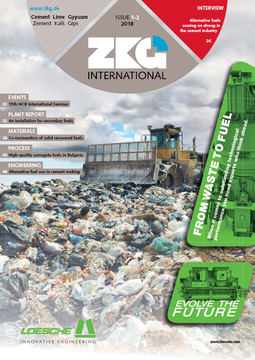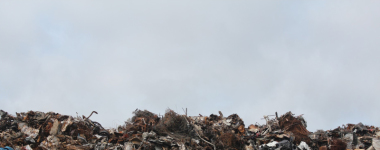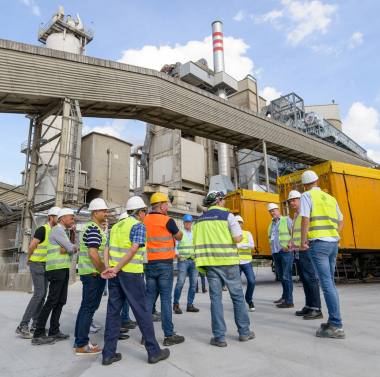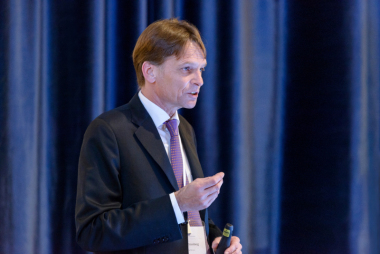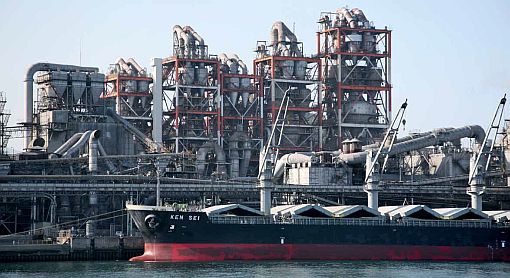Where to take the waste?
This is a question to which all countries that have so far been exporting their waste to China will have find a new answer. This applies especially to the USA, Japan and the EU as the leading waste exporters. As of 01.01.2018, China stopped the import of various recycling materials. The world’s most populous country is ending its status as the world’s biggest waste dump. China wants to protect the environment and the health of its citizens, and now wants to manage its own waste first.
China is getting serious when it comes to utilizing alternative fuels in the cement industry. To resolve the waste problem, waste incineration and recycling plants are being erected. In these plants, part of the waste is separated as substitute fuel for the cement industry. These plants are financed, built and operated by the cement plant groups. In the next few years, Anhui Conch will be using as much secondary fuel as all other plants in the world together. We have learned this from Dirk Lechtenberg, MVW Lechtenberg & Partner, in an interview from page 26.
The cement industry is now using secondary fuels, in different amounts, almost all over the world. Efficient processing of the secondary fuels and their precise metering are the precondition for their successful utilization in the cement industry. This is shown by several case studies detailed in this issue.
With the world facing new challenges in handling growing volumes of post-consumer waste, linking waste- and raw materials-preparation systems offers a viable solution – and big economic benefits, says Taís Mazza, Loesche GmbH (from page 48).
As in many countries the costs for landfilling are rising, new paths must be taken. One example of this comes from Israel, where landfill costs have increased almost tenfold over the last ten years. Dr. Armit Marmur, Nesher Cement, reports on a big RDF plant in Hiriya Recycling Park, which went into operation in March 2017, and supplies Nesher Cement with the RDF produced.
Wishing you interesting reading!
Yours
Anett Fischer
Editor-in-Chief


